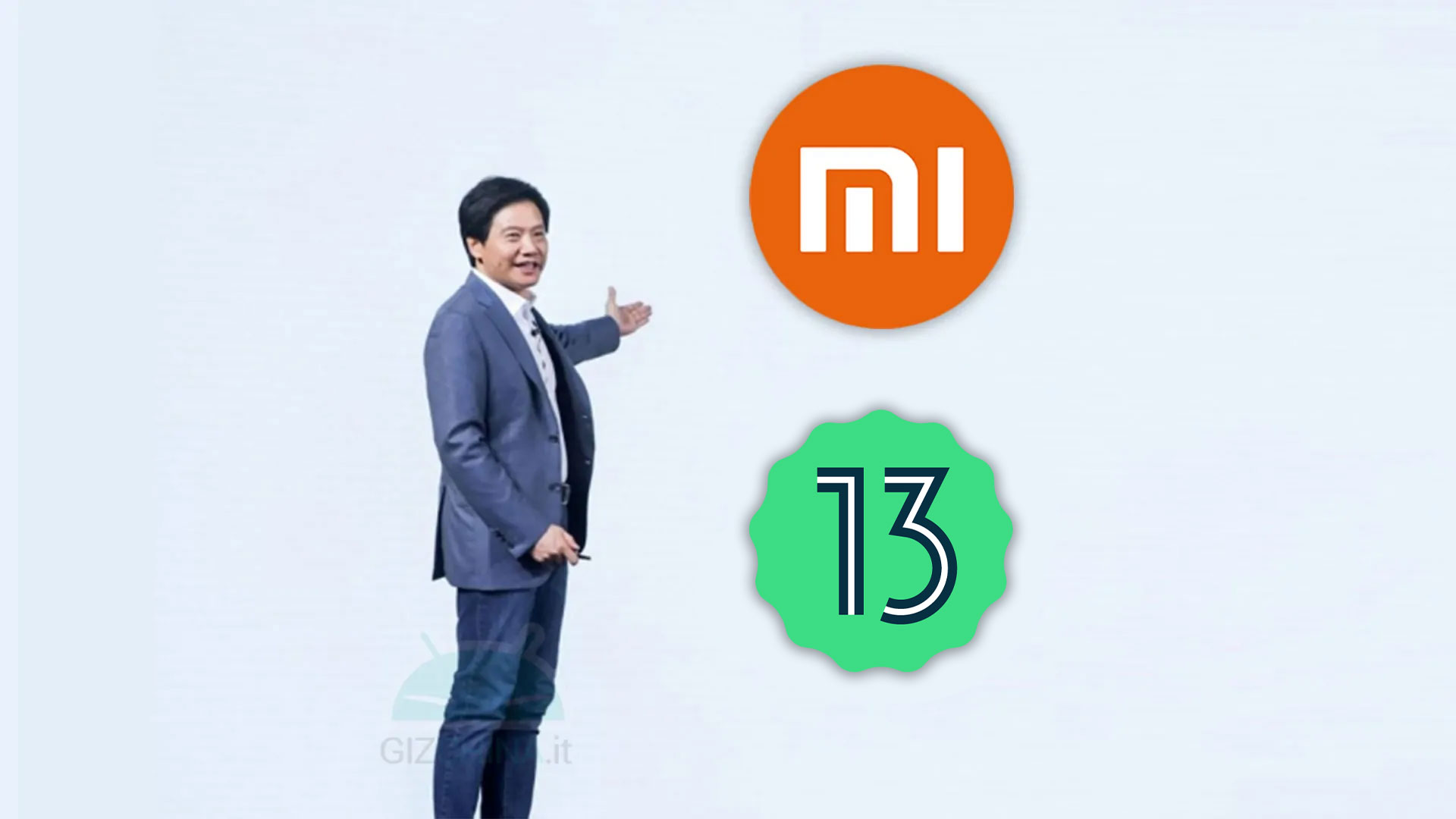
A research group led by Prof. Feng Guo, from Bloomington University in Indiana, has developed a hybrid mini-computer, consisting of an electronic chip and an organic component made of neurons. The research results were published in the article Computing an organic brain reservoir for artificial intelligence Featured in the scientific journal Nature electronics. In summary we can read: “Brain-inspired silicon chips are still limited in their ability to fully mimic brain function.” Hence the idea of creating “artificial intelligence devices that use adaptive backup computing for biological neural networks in the two brain organs.” In this system, called Brainoware, computation is performed by sending and receiving information from two brain organs. […] “We demonstrate the practical potential of this technology by using it for speech recognition and prediction of nonlinear equations.” At their core, they are devices composed of partly inorganic and partly organic elements.
Is this invention morally permissible? To answer, it is necessary to first remember that for the experiment to be ethically legitimate, it is necessary that the neurons be derived from adult stem cells and not embryonic stem cells. In the second case, the removal of these cells will actually lead to the death of the fetus and, in any case, to its embodiment. Once this first hurdle has been overcome, to answer the above question, it is necessary to point out the moral criteria of the action: the proximate end, the intention (i.e., secondary ends) and the circumstances. For the case in question here, the first and last criteria are of particular importance.
What is the purpose of this research? The researchers point to the following goals: significant energy savings (our brain consumes relatively less energy than that of chips); The possibility of increasing computation and data processing in general with all its positive consequences (also in the healthcare sector); Knowing how the brain learns in order to eliminate some neurodegenerative diseases. These are all morally legitimate purposes.
What can cause a problem are the circumstances in which the verb is formulated. Especially those related to the method of work. Thomas Aquinas explains: “An act that begins from a good intention can become wrongful if it is disproportionate to the end” (Theological Summa, II and II, S. 64, A. 7, c.). Therefore, the principle of proportionality or effectiveness has been called into question. In other words: for an action to be morally good, it is not enough that it pursue a good end, but that the action that pursues that end must not cause more harm than good. Therefore it will be necessary to weigh forefront Hey ContraThat is, more specifically, weighing the quality, quantity, and degree of likelihood of positive and negative impacts.
We have just listed the positive effects of this experience. But what could be the negative effects? Let’s see some of them. In the first class, If these experiments use more and more organic brain matter, people will be led to believe, incorrectly, that these machines are humans. In fact, it is common that since humans are distinguished from animals by rationality, and the seat of rationality is the brain, then wherever there is a human mind, there is a human being. This is a mistake. The seat of rationality is the soul, which is a metaphysical reality whose existence can be proven rationally. Then the rational self also uses the brain to implement its rational capabilities. It’s a bit like the relationship between a pianist and a piano. The ability to play lies in the pianist who uses the piano to play, that is, making his musical ability actual. Without the soul the brain cannot express any thoughts. Therefore, no machine, not even a bioinformatic one, can think, because thought is linked to freedom and abstraction, that is, the ability to extract the self outside of the accidental, and to ignore the empirical. Machines, even those composed of organic and inorganic materials, are always made of matter only. Unlike man, who consists of matter and spirit.
The second negative impact will be expressed at the research and cultural level. If on the one hand similar experiments risk humanizing machines, on the other hand they run the opposite risk: the anthropomorphization of the person. Humans can be viewed as machines, much more perfect than inorganic machines, but they are still machines. Furthermore, from adult stem cells, we can move on to using embryonic and then adult organs to create increasingly sophisticated android devices. In short, humans can be used as a repository of useful tissues and organs for bioinformatics experiments. On the other hand, this already happens for embryos in other sectors.
Moreover, it is necessary, at the source, to ask ourselves If the desired positive effects cannot be obtained through a more effective solution, thereby reducing the disproportionality between benefits and harms (state of necessity). The research looks promising and includes high-value assets. Therefore, it is at least on the same level as other research in terms of probabilistic cost-benefit calculations.
Having said all this, and in light of the fulfillment of the above-mentioned hypothesis, the current research seems legitimate from an ethical standpoint Both for the purposes at hand which are of no small importance, provided that they are realistically achievable albeit in the long term, and because the negative consequences described above can be significantly mitigated by effective cultural action aimed at explaining the difference between person and machine and the intangibility of the former because it is irreducible. To something.

“Unable to type with boxing gloves on. Freelance organizer. Avid analyst. Friendly troublemaker. Bacon junkie.”

![Neon White is coming to Xbox Game Pass, according to a leak [aggiornata] – Multiplayer.it Neon White is coming to Xbox Game Pass, according to a leak [aggiornata] – Multiplayer.it](https://multiplayer.net-cdn.it/thumbs/images/2022/06/15/neon-white-4k-sf_jpg_1200x0_crop_q85.jpg)
